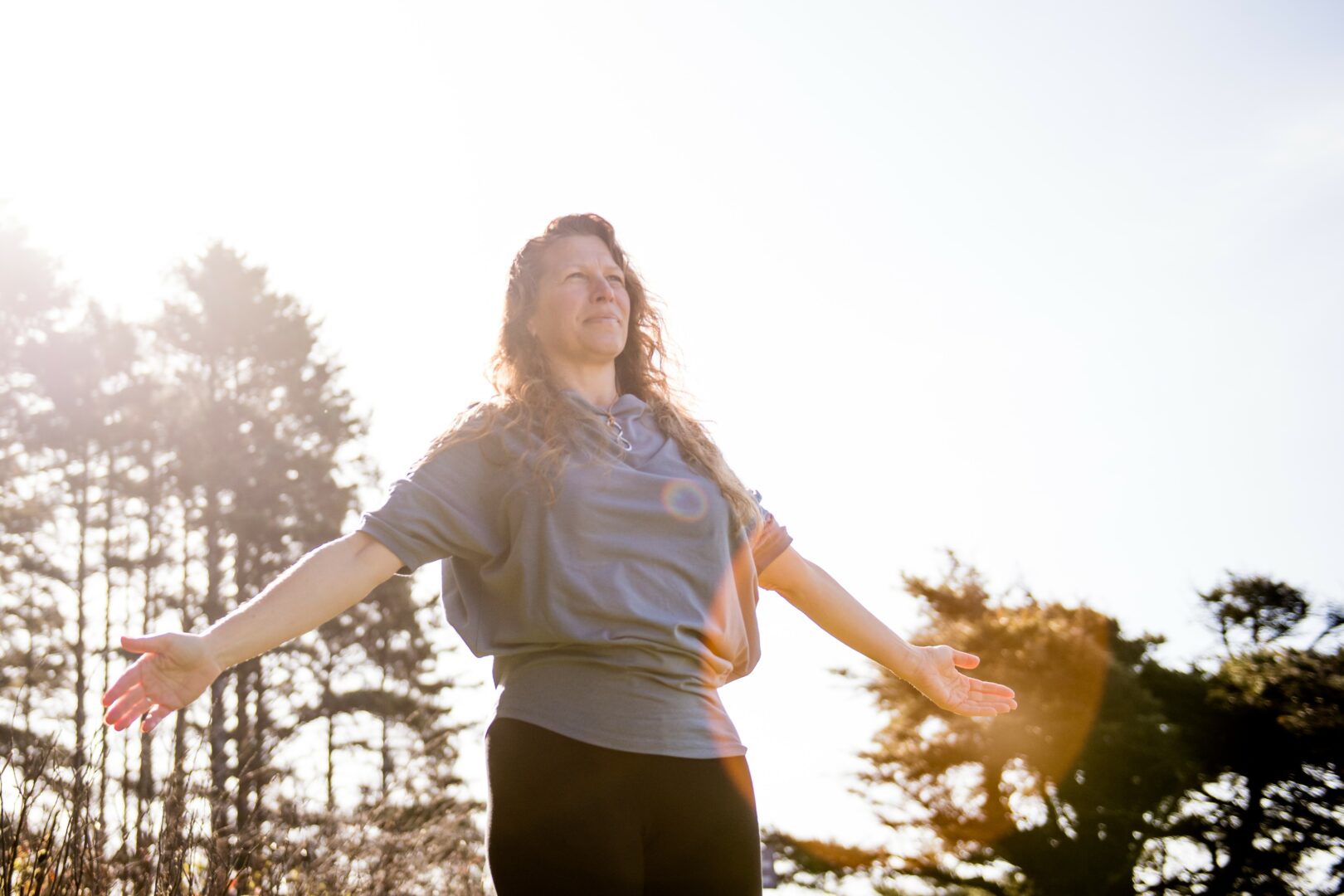9 Patrick di Santo shared their story and experiences with us recently and you can find our conversation below.
9 Patrick, it’s always a pleasure to learn from you and your journey. Let’s start with a bit of a warmup: What makes you lose track of time—and find yourself again?
Time slips when I enter the rhythm of the water. Midday, when the noise softens, I retreat to the lap pool at the club—a quiet, methodical stretch of body and mind. In those long, mirrored lanes, I recite repetitive mantras, fragmentary prayers, or meditations that sync with the physical cadence. It’s there that the residual tension from decoding genes or constructing sonic frameworks dissolves. The pool becomes a decompression chamber—where the multisensory inputs of the day are processed, reorganized, and ultimately reintegrated.
This practice parallels my work in genetic investigation, particularly in understanding how trauma imprints across generations and how epigenetic signaling responds to sound, image, and environment. Through collaborations with NUMBER9INE, I explore the intersection of avant-garde frequency film, non-narrative sound design, and trauma recovery. These are not separate disciplines—they are mirrors of the same process: decoding the body’s response to injury, sound, memory, and inherited pattern.
What begins in the clinic often returns through the arts. Each project, whether molecular or musical, helps untangle the generational feedback loops we carry. And somewhere between the silence of the water and the resonance of a frequency sculpture, I find coherence again.
Can you briefly introduce yourself and share what makes you or your brand unique?
I’m 9 Patrick di Santo—a research scientist specializing in neuro-linguistic response and epigenetic trauma, and one of the creative directors at NUMBER9INE, a multidisciplinary studio exploring the convergence of genetics, memory, and sensory art. My work investigates how epigenetic memory, rare gene variants (like FGGY), and generational trauma can be decoded—and possibly healed—through the synergy of precision medicine, non-narrative avant-garde film, and frequency-based sound design.
Currently, I’m co-authoring The Fragile Thread in collaboration with the fellow clinical researchers, a pioneering book that examines how inherited neurological vulnerabilities can be reprogrammed through both molecular science and multisensory interventions.
What makes NUMBER9INE unique is our commitment to merging scientific inquiry with immersive, artistic expression—creating experimental cinema, neuroplastic healing soundtracks, and ritual-based installations that don’t just express emotion, but restructure it at the cellular level. We work at the frontier of post-genomic consciousness, building media that speaks directly to the nervous system.
If you’re passionate about the future of healing, embodied memory, and the intersection of trauma science with sensory art, this is where we meet.
Appreciate your sharing that. Let’s talk about your life, growing up and some of topics and learnings around that. What’s a moment that really shaped how you see the world?
One of the most formative moments in my work didn’t happen in a lab or a film studio—it happened while completing ALIENATION: The Phoenician Healers. That book restructured how I understand language, consciousness, and intergenerational communication. It marked the moment I fully realized that neuro-linguistics and trauma recovery are deeply tied to cosmology, story, and epigenetic imprinting.
Through decoding the petroglyphs of the Sixth Boma (Edin) and the earliest Phoenician-Canaanite writing of the Seventh Boma, I came to understand the importance of honoring ancient, non-linear knowledge systems that Western academia has often dismissed or oversimplified. These inscriptions reflect not only sacred geometry and celestial alignment, but a deep-time cosmology that speaks to us through resonance—not just text. This realization redirected my life’s work.
At NUMBER9INE, we now combine this lens with clinical and genetic research—studying rare gene variants like FGGY and their role in trauma, autism, and neurodevelopmental resilience, while also constructing neuroplastic sound environments, non-narrative frequency films, and healing installations based on ancient time-keeping and cosmological frameworks.
This transdisciplinary approach merges precision medicine, cultural continuity, and avant-garde media to help re-pattern emotional memory. Whether I’m co-authoring The Fragile Thread with collaborators at the Clinic, developing a ritual-based audiovisual installation, or writing North American Genesis, I carry forward the insight that biology is only half the equation.
The other half is story—unspoken, ancestral, vibrational.
In our work with Indigenous frameworks such as those of the Haudenosaunee and Diné, we’ve found that healing must also be communal, felt, and memory-driven. The wisdom encoded in children’s confusion, in oral tradition, and in collective nervous systems—these are often the most important data points. We believe that science must learn to listen—because some truths aren’t written; they’re remembered.
Is there something you miss that no one else knows about?
No—not in the way most people think of missing. I’ve always known that every moment, every relationship, every opportunity exists on what I call “dog time”—a brief, vivid span where presence matters more than permanence. This awareness allows me to feel each experience deeply without clinging to it. I don’t need to keep everything—I only need to be fully inside of it while it lasts.
I haven’t loved every experience that shaped me. Many were painful. But what I’ve always known is: most conflict is born from fear and insecurity. When I recognize those energies—either in myself or others—I end the interaction with and move forward. There’s too much to build on to waste time judging what doesn’t serve growth and understanding.
This outlook informs my work across disciplines—whether decoding linguistic or genetic markers of trauma, producing neuroplastic soundtracks, or using non-narrative cinema to convey findings in cellular repair. We don’t dwell in dissonance. We study it, we transmute it, and then we move forward—toward coherence, healing, and felt truth.
We’re not here to own everything—we’re here to experience it fully and let it go not leave a mark.
So a lot of these questions go deep, but if you are open to it, we’ve got a few more questions that we’d love to get your take on. What would your closest friends say really matters to you?
They’d say: Nature, Water, Flora, and Fauna—but not simply in a poetic sense. For me, these are sentient systems, alive with intelligence older than any text or theory. I believe that ecological memory is encoded in everything—tree rings, animal migrations, river pathways—and that these natural blueprints reflect the same universal architecture we see in genetics, language, and emotional resonance.
Whether I’m decoding trauma markers in rare gene variants like FGGY, retranslating ancienne petroglyphs and proto-scripts, or composing frequency-based cinematic soundtracks for epigenetic repair, my work is grounded in the organic intelligence of the natural world. Water, especially, is a central teacher—fluid, adaptive, and reflective. It’s memory in motion.
At NUMBER9INE, we weave this living intelligence into everything we create—from neuroplastic sound design and epigenetic storytelling, to non-narrative visual healing environments. Because what matters to me is not just data—it’s the architecture beneath it: the stream, the wind, the field, the root—each one a conduit of communication, coherence, and care.
What matters is this: we are not separate. And the future of healing lies in remembering that.
Before we go, we’d love to hear your thoughts on some longer-run, legacy type questions. Are you doing what you were born to do—or what you were told to do?
As an anarchist—not an antichrist—I’ve never done what I was told. From an early age, it was clear: I wasn’t here to follow paths laid out by others. I was born with direction, not instruction—and an unrelenting curiosity that spans genetics, ancient language, cinema, trauma science, and memory.
What drives me isn’t rebellion for its own sake—it’s the refusal to accept inherited patterns that often suppress. I want others to understand that epigenetics isn’t abstract—it’s the cellular echo that can be sunwise based in wisdom or unsunwise based in fear and trauma, passed down until someone chooses to interrupt it. Once we truly understand this, we can stop transmitting it. We can begin to restore connection—within ourselves, and between one another.
My work—whether through neurogenetic research, non-narrative healing film, or avant-garde frequency compositions—is about returning to what is already within us. Not just studying ancienne wisdom, but living it—in body, in rhythm, in language, and in the subtle vibration of the nervous system finally allowed to speak its truth.
I’m not here to obey—I’m here to remember. And to build systems that help others remember, too.
Contact Info:
- Website: https://www.number9ine.com/posts/about/
- Instagram: https://www.instagram.com/case.trick/, https://www.instagram.com/lilbitograffiti/
- Linkedin: https://www.linkedin.com/in/number9ine/,
- Twitter: https://x.com/lilbitograffiti, https://x.com/case_trick
- Facebook: https://www.facebook.com/number9ine.casetrick, https://www.facebook.com/lilbitograffiti
- Youtube: https://www.youtube.com/channel/UC9dhvOHi5R5GixQV6Zph3EA, https://www.youtube.com/channel/UC2ja9RqMZ2R-b0wfAuDTPcA
- Soundcloud: https://soundcloud.com/case-trick, https://soundcloud.com/number9ine
- Other: https://youtu.be/6yJOQ2-ycIk?si=jftI-jdcNKykTWOH
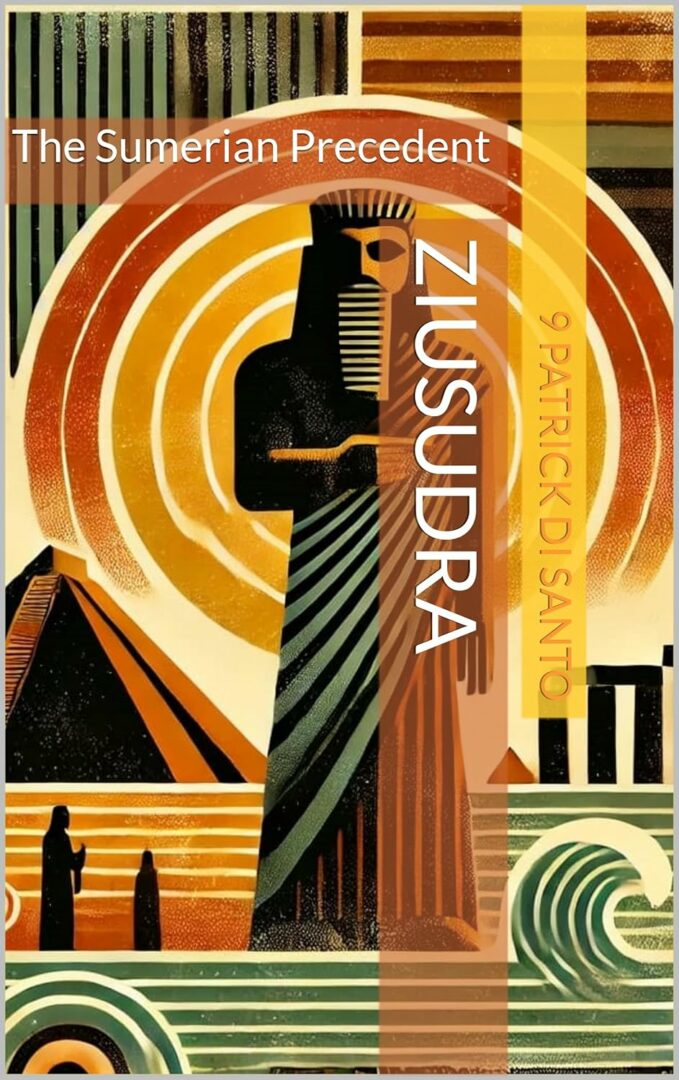
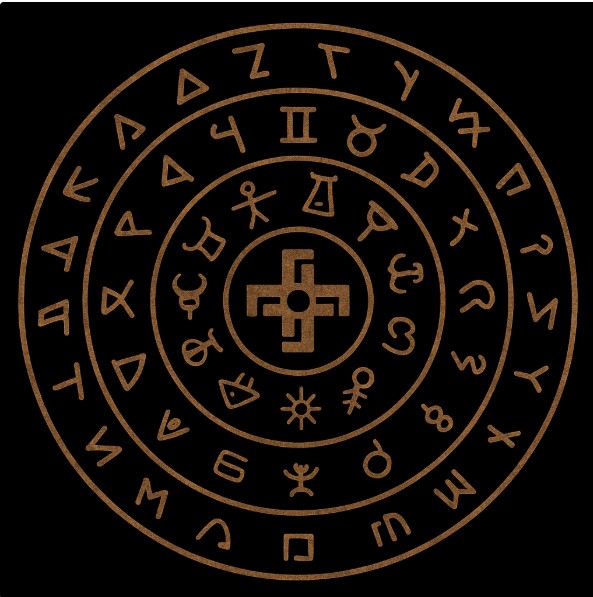
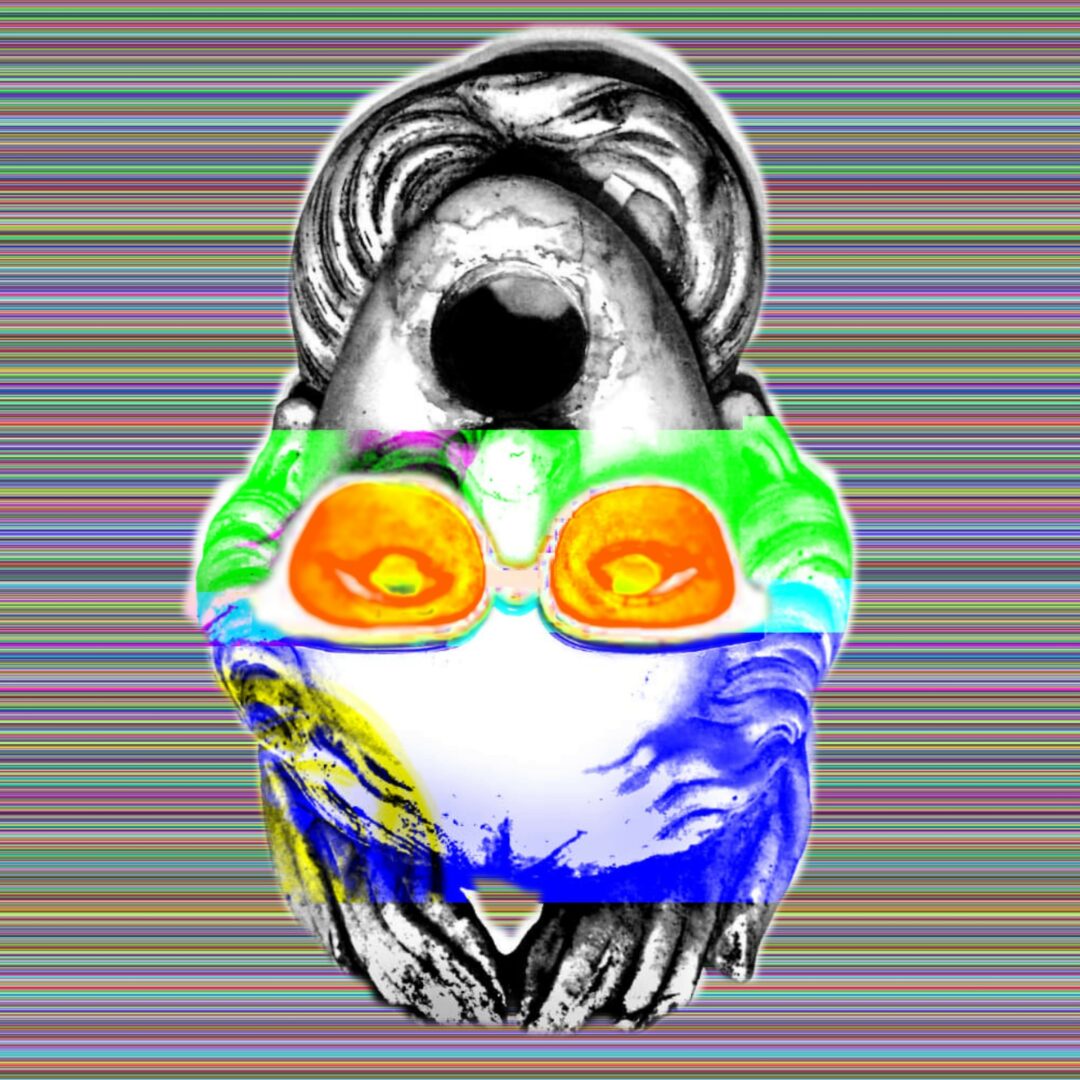

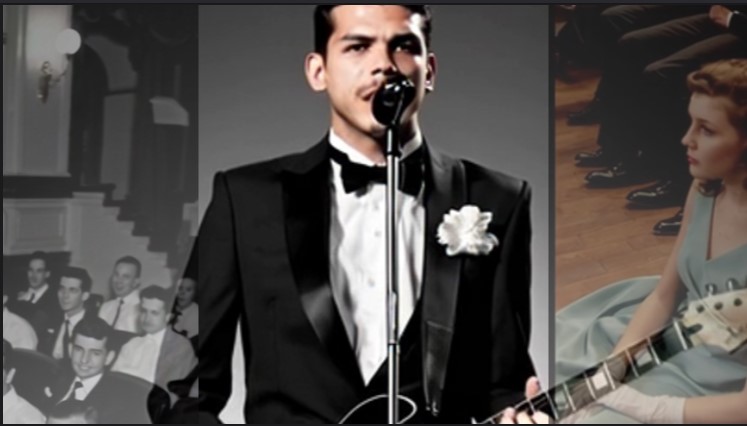
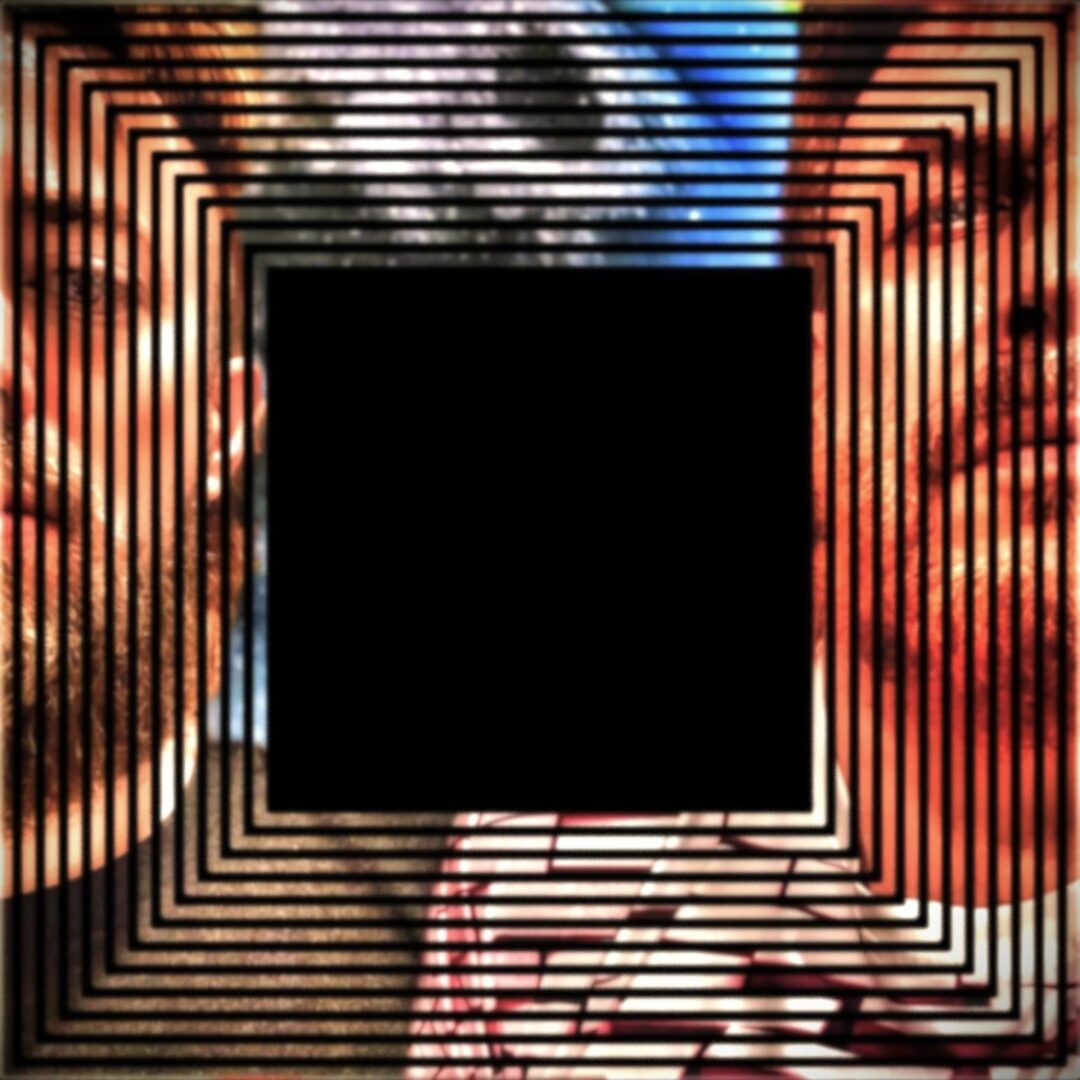
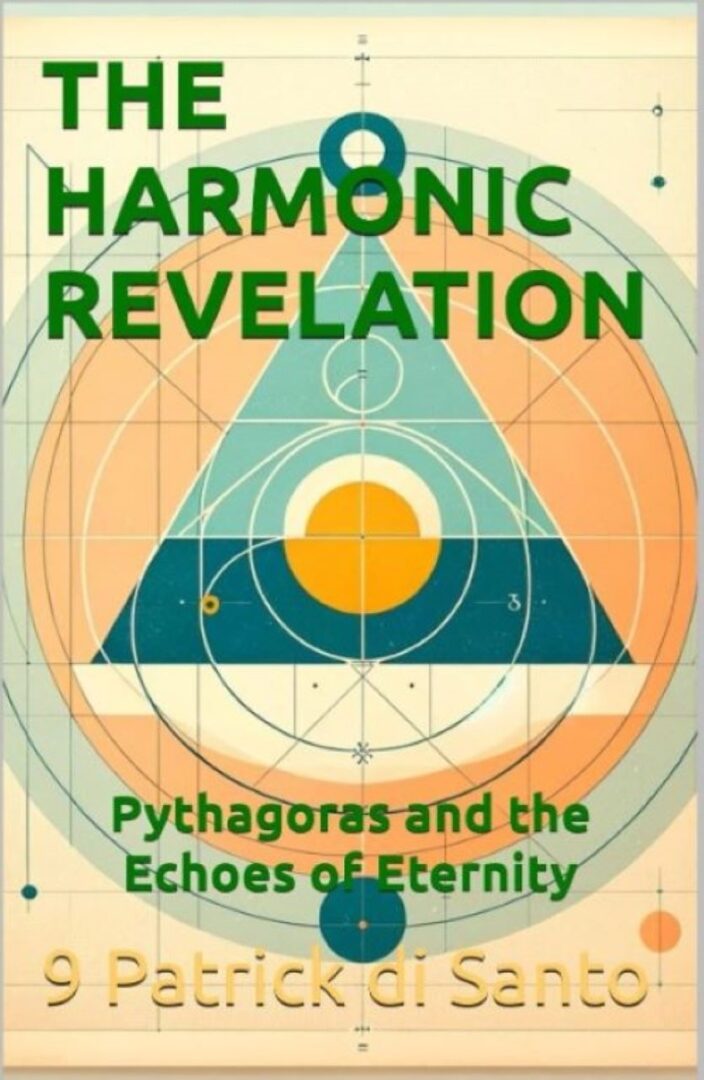
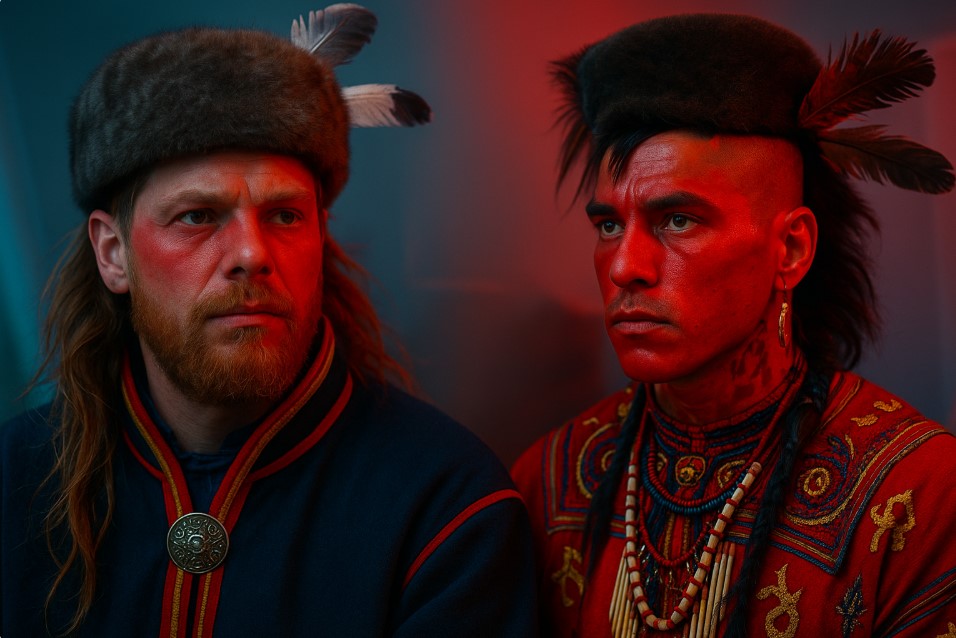
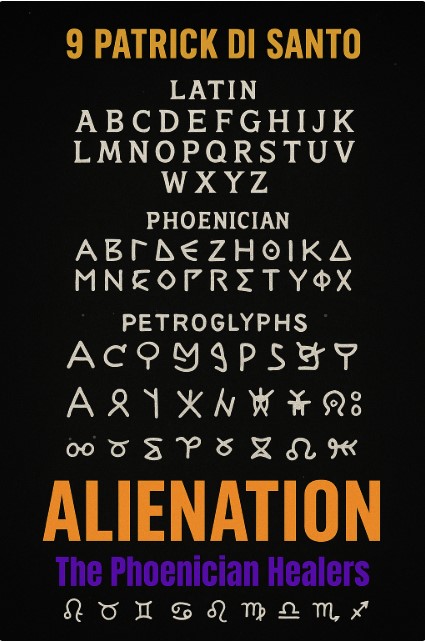
Image Credits
NUMBER9INE, Charles Tracy, Redhawk, Osweˀgaíyo
so if you or someone you know deserves recognition please let us know here.



